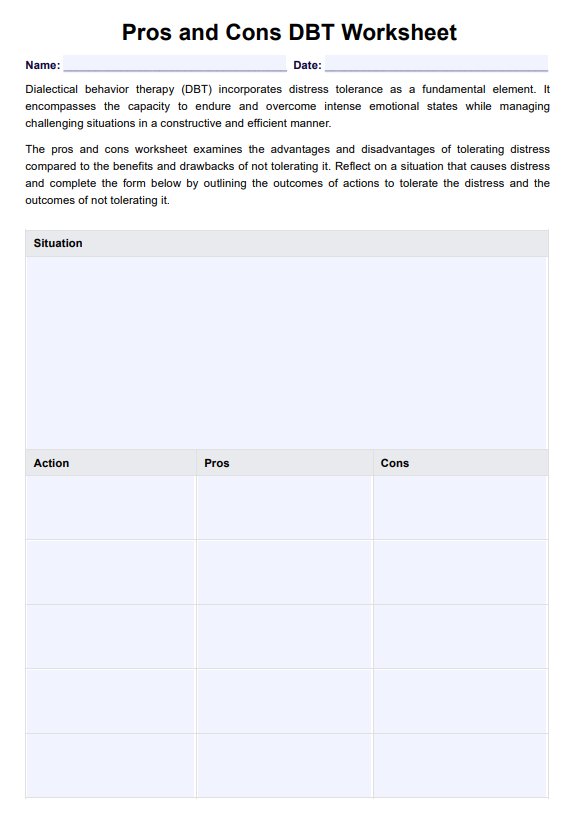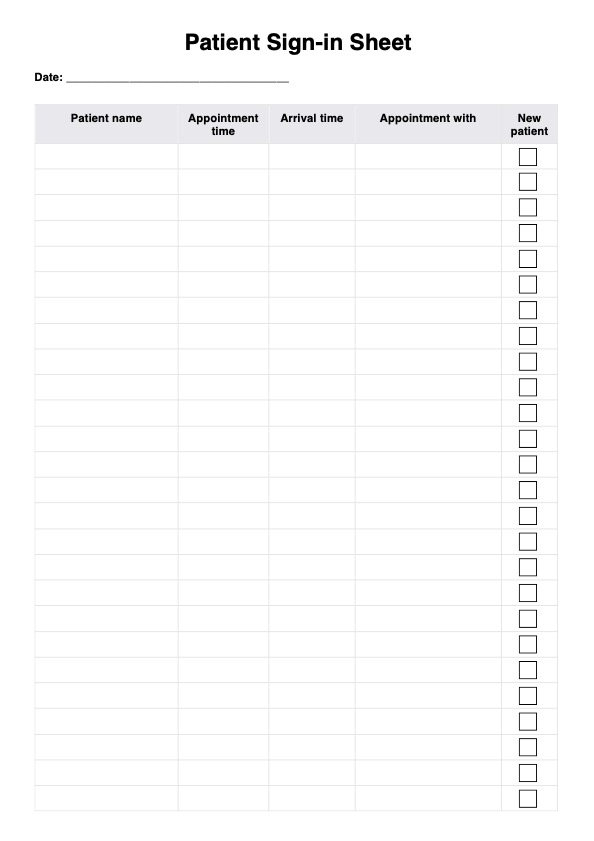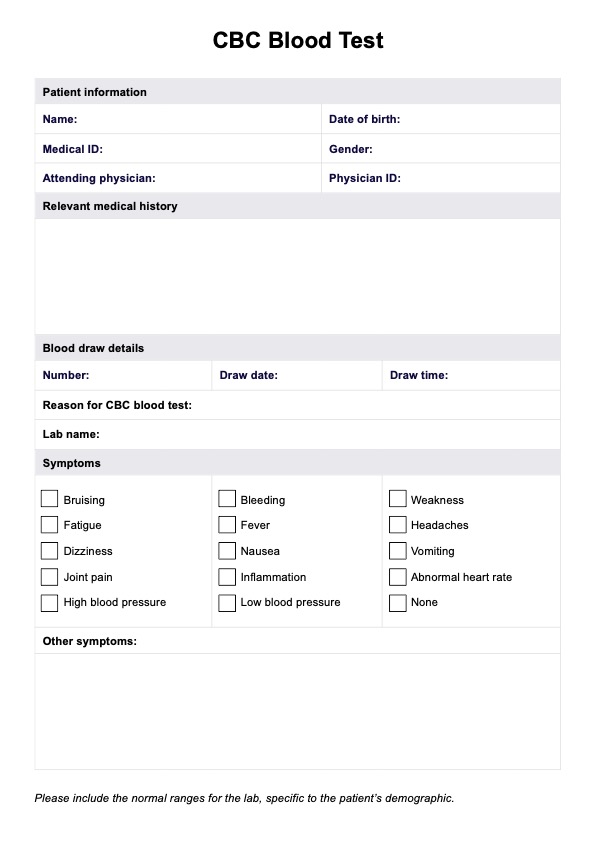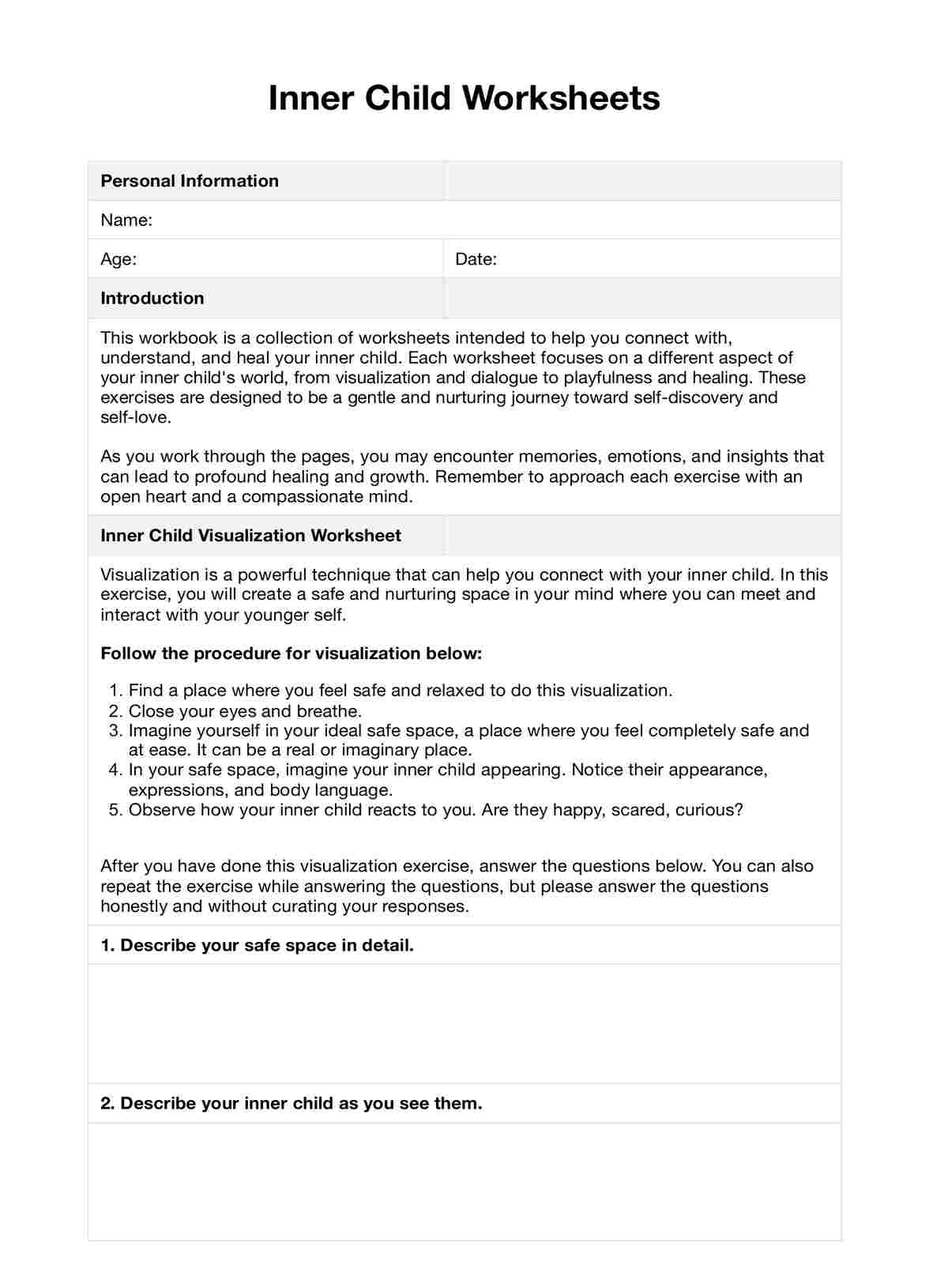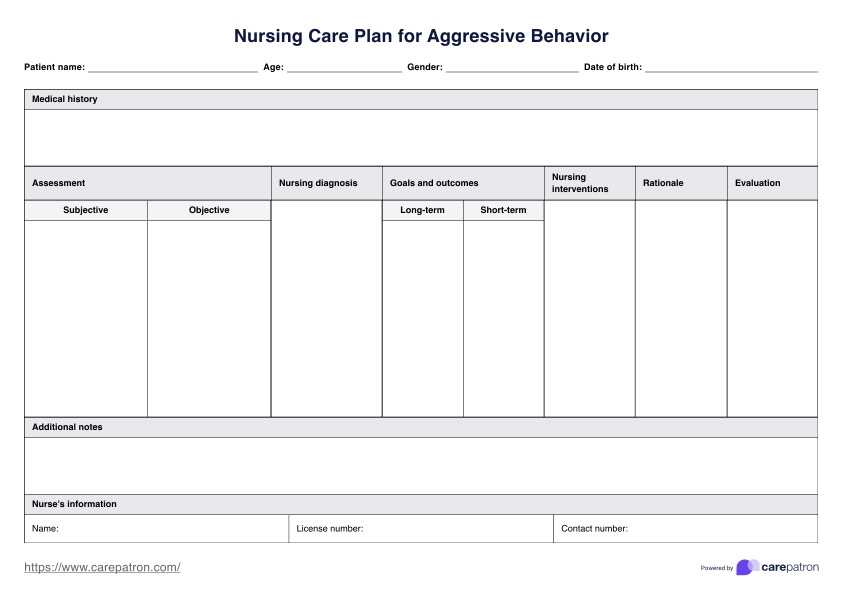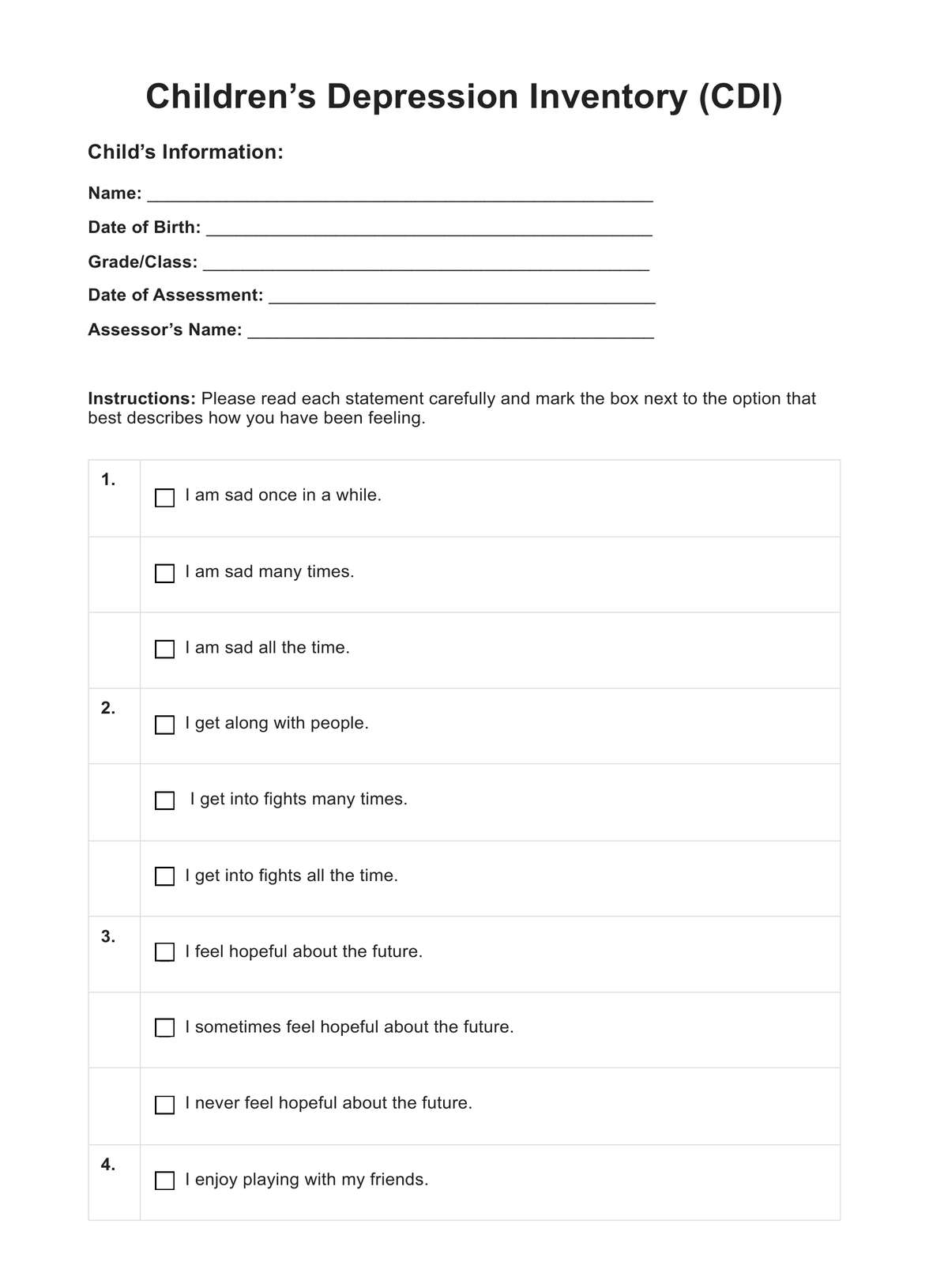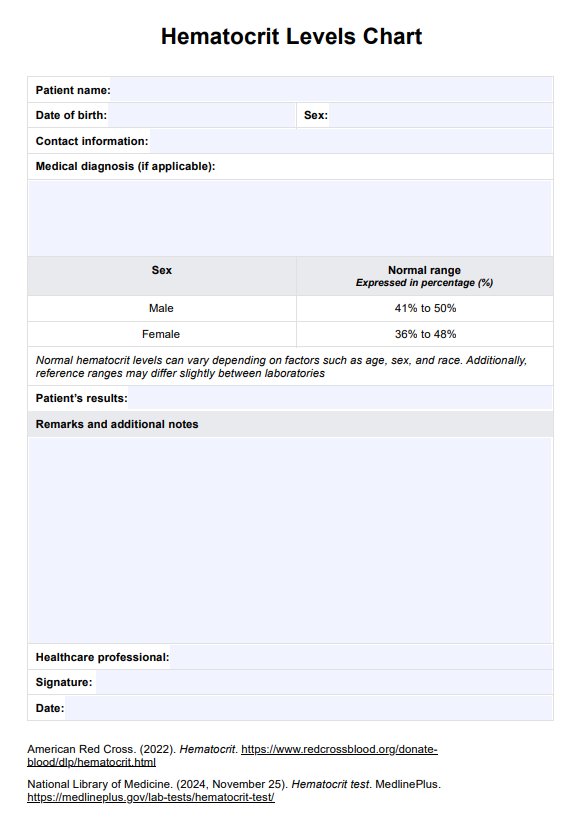Basic Metabolic Panel
Learn more about the basic metabolic panel test and know more about how and when this test can be conducted.
�?�


What is a Basic Metabolic Panel?
A (BMP) is a blood test that measures substances in a patient�??s blood. Typically, the substances the test measures are:
- Glucose
- Calcium
- BUN (Blood Urea Nitrogen)
- Creatinine
- Sodium
- Potassium
- Carbon Dioxide
- Chloride
These substances provide information on a patient�??s overall health. More specifically, with these substances, practitioners know the functioning of essential organs in a patient�??s body, especially the kidneys and lungs.
Aside from that, practitioners gain insight into the progression of a patient�??s chronic condition, metabolic function, and levels of chemicals present in their body.
Basic Metabolic Panel Template
Basic Metabolic Panel Example
How Does It Work?
Step One. Access and Download the Template
Having a copy of the digital and printable version of the Basic Metabolic Panel (BMP) template. So, obtain a copy by either:
- Clicking the �??Use Template�?� and �??Download Template�?� button
- Searching �??Basic Metabolic Panel�?� in Carepatron�??s template library�??s search bar on the app or website
Step Two. Assess and Interview the Patient
Before you request a blood metabolic panel (BMP), you must either interview your patient or do a physical examination to assess their current condition. You, out of anyone, would know that a patient doesn�??t have to be ill for you to request a BMP. You can also request it if the patient undergoes a routine health checkup.
Don�??t forget to remind the patient to prepare beforehand by fasting hours before the collection.
Step Three. Collect the Blood Sample
The patient will use the template at the laboratory to prove that the referring physician has requested the basic metabolic panel (BMP) test. Only then will the practitioner in charge collect a blood sample.
Step Four. Analysis and Interpretation
Afterward, the client can leave the request form with the lab technician so they have a guide of what exactly to test. Alternatively, if the lab technician has their template, the client can bring it home and get it with the referring physician during interpretation.
Step Five. Securely Store the Template
Whether or not the lab technician and the referring physician use the template, you or the practitioner should store the template at a secure physical location on Carepatron. Only relevant parties can access the template in this free clinical documentation software when needed.
When Would You Use This Test?
Multiple practitioners can use the basic metabolic panel (BMP) request form for various purposes, from assessing a patient�??s overall health to monitoring the progression of their condition. Here are some of the common scenarios when one can use the template:
- Routine Health Checkup: Practitioners know the saying better, safe than sorry. So, even if the patient doesn�??t experience or exhibit any symptoms of a disorder or condition, the referring physician may still use the template during a routine health checkup to ensure that the patient is overall healthy.
- Symptom Checking: If the patient does experience any symptoms or exhibit any signs of a condition like diabetes, electrolyte imbalance, or metabolic acidosis/alkalosis that hasn�??t been diagnosed, they can use the template to request a test to identify the cause and guide them to a helpful treatment plan.
- Monitoring: When a patient has a chronic condition and is taking medication for it, the referring physician can use the template to request a basic metabolic panel (BMP) to monitor the medication's impact and/or effect on their body.
- Preparation Before a Procedure: It�??s essential to check if a patient can physically handle a surgical procedure. One way to do this is by using the template to request a basic metabolic panel.
What Do the Results Mean?
Even if the lab technician can provide an interpretation of the results, in case you need it, here�??s a general idea of what the results mean per substance:
- Glucose: Fasting glucose levels must typically be between 70-99 milligrams per deciliter (mg/dL). Anything higher than the upper limit may indicate prediabetes or diabetes. Meanwhile, anything lower than the lower limit may indicate hypoglycemia (low blood sugar).
- Calcium: The normal calcium levels in the blood are between 8.5-10.2 mg/dL. If a patient�??s calcium levels are higher than the upper limit, it may suggest hypercalcemia related to hyperparathyroidism or cancer. Meanwhile, if their levels are lower than the lower limit, it can indicate hypocalcemia related to hypoparathyroidism or vitamin D deficiency.
- Creatinine: The typical range for creatinine in adult men is 0.74 to 1.35 mg/dL, while for adult women is 0.59 to 1.04 mg/dL. Higher levels may indicate poor kidney function.
- Sodium: Normal results are typically between 135 to 145 milliequivalents per liter (mEq/L). Any higher than the upper limit and the patient may have hypernatremia. Any lower than the lower limit, the patient may have hyponatremia.
- Potassium: Normal potassium levels are 3.5 to 5.2 millimoles per liter (mmol/L). If the levels are too high, the patient may have hyperkalemia, while too-low levels may indicate hypokalemia.
- Chloride: The normal range for chloride in the blood is between 96 and 106 mEq/L. The patient may have hyperchloremia if it�??s higher than the upper limit. On the other hand, the patient may have hypochloremia if it�??s lower than the lower limit.
- Carbon Dioxide (CO2): A normal range is 20 - 29 mmol/L; any higher or lower than that can signify a problem with one�??s lungs or kidney.
- Blood Urea Nitrogen (BUN): Anything above the normal range of 6 to 20 mg/dL can indicate that the kidneys aren�??t working correctly.
One important thing to note about these results is that the ranges may vary, and interpretation has to be made by the referring physician since they must also consider one�??s symptoms, medical history, etc.
Research & Evidence
Since the basic metabolic panel (BMP) is a well-established medical test used by practitioners worldwide, there are years of numerous research studies and clinical experience that have already proved its utility. It has become an invaluable tool in medical care to help healthcare practitioners diagnose and monitor a patient�??s overall health and conditions. It is still recommended, however, that the BMP test be combined with other tests for a more accurate diagnosis.
Commonly asked questions
GPs and other medical professionals who require details on the substances measured by the basic metabolic panel test.
It�??s used before a diagnosis, formulation of a treatment plan, or monitoring the substances before a procedure or while a patient takes medication for a particular condition.
Collecting a blood sample can take minutes while obtaining the results and interpretation will depend on the laboratory, lab technician, and referring physician.


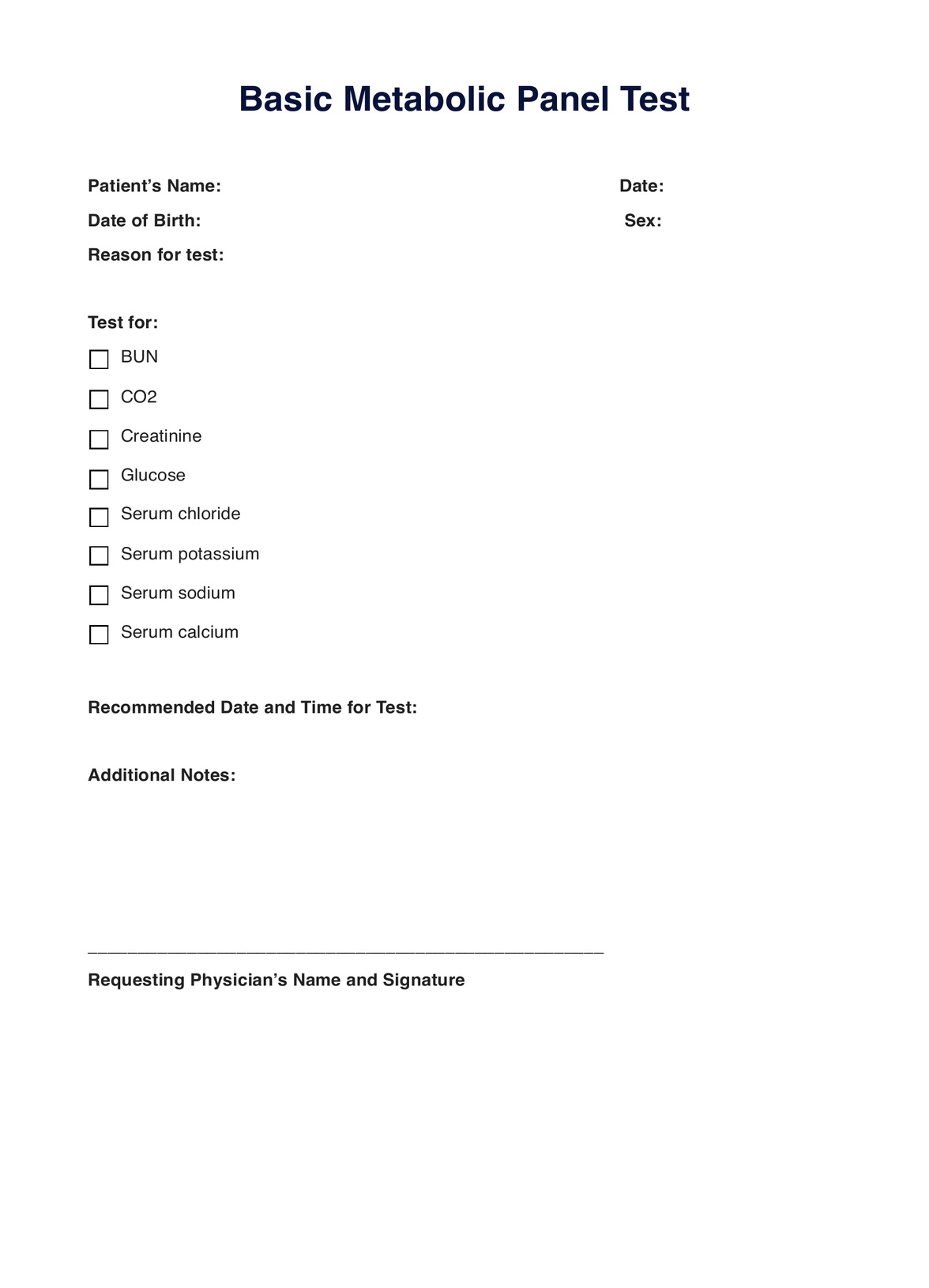
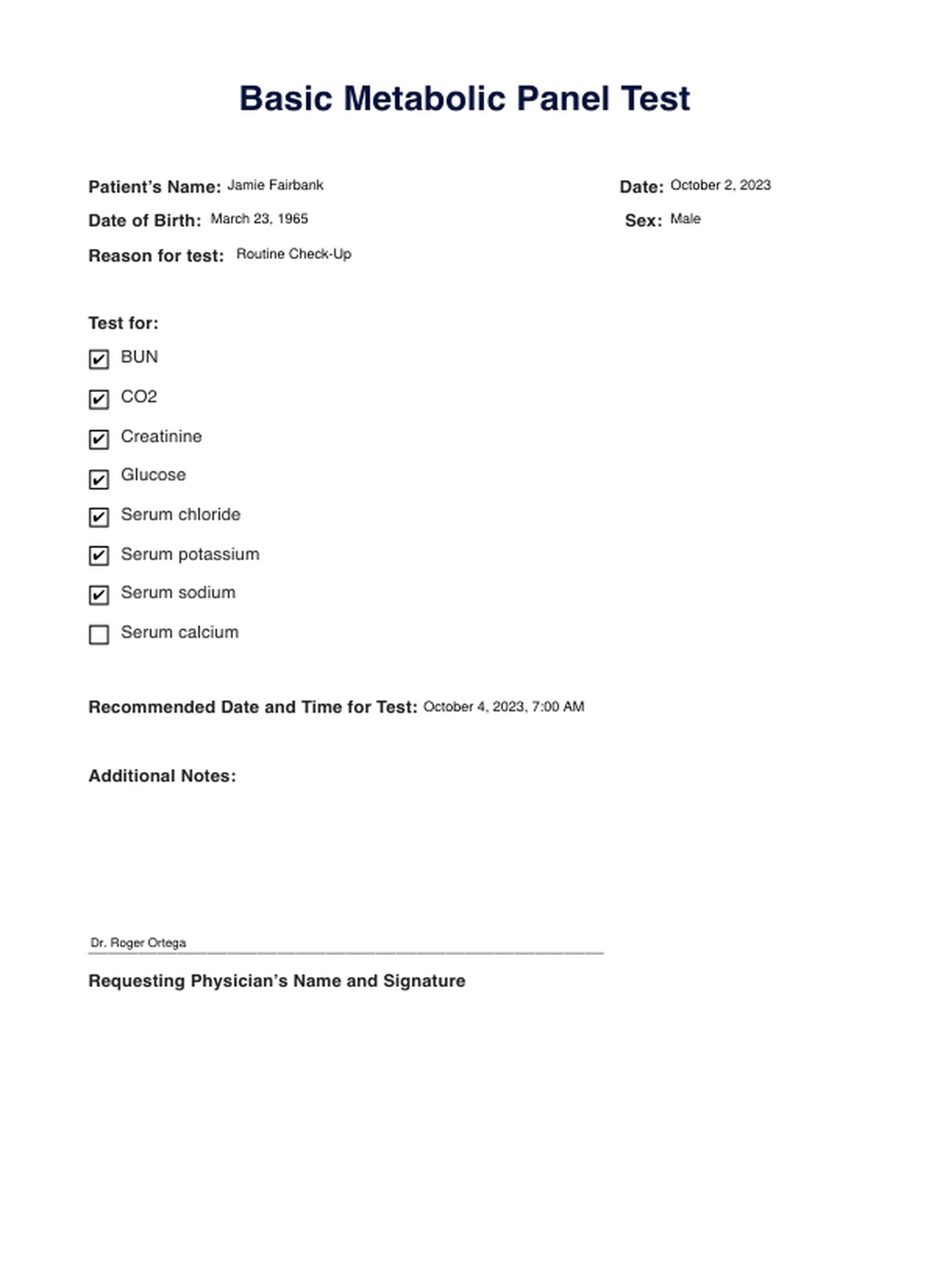


















-template.jpg)

















































































